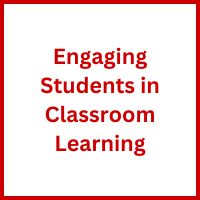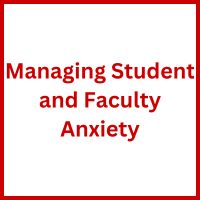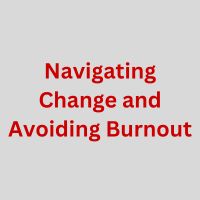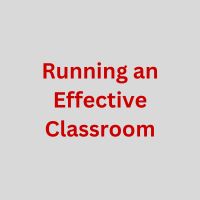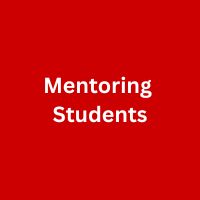
These resources address ways to connect with our students as mentors:
- The Wellbeing Enhances Learning (WEL) Model from University of Minnesota
- Mentoring Students Can Make a Difference by Camey Andersen and Kenneth Alford
- Mentoring Undergraduates by Maryellen Weimer
- Using Interviews to Assess and Mentor Students by Barbara Gardner & Kenneth Alford
- The Benefits of Student-Faculty Mentoring Relationships from Watermark
- How to Get the Most Out of College from The New York Times
- Students Think Faculty Should be Mentors.

